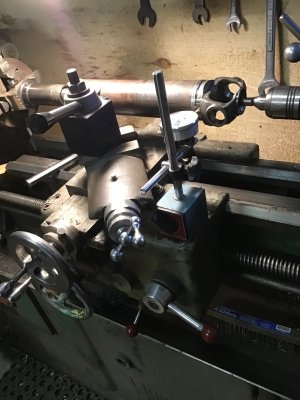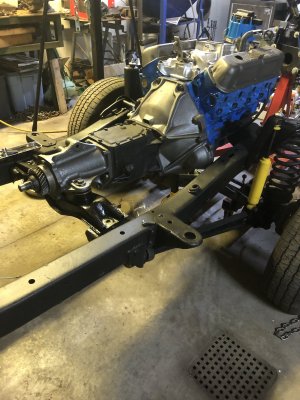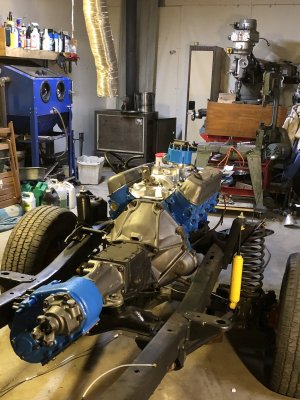Stellrammer
Well-Known Member
Stellrammer
Member
I’ve had to replace the centering yoke attaching to a cardan joint. The previous runout on this and the corresponding counter weights was considerable. I have the replacement part in place and running within .002”( phased to within half a degree)I’m not competent enough to weld it, should I tack it and send it out ? Is it better to weld it between centers to avoid shifting , is tacking it before sending it out going to cause problems ?



